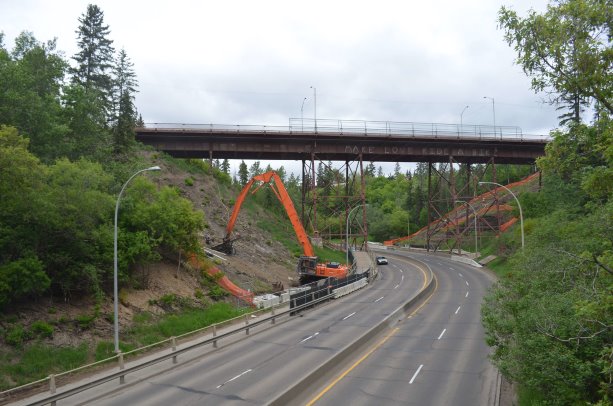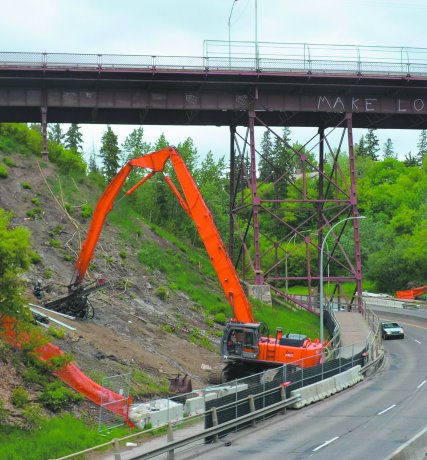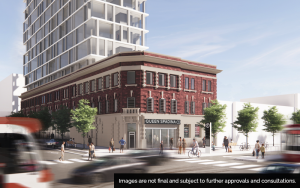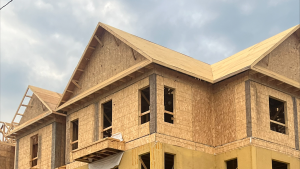Live on the web via EarthCam, it’s Times Square, the Golden Gate Bridge, downtown Tokyo and Toronto’s Canary District construction project.
New Jersey-based EarthCam has come a long way since 1996, when it primarily provided world city webcam feeds as Internet entertainment.
Today, it provides a host of offerings, including webcam technology for construction projects.
In 2013 alone, EarthCam documented more than US$120 billion worth of construction work.
"Following 9/11 there was increased demand for cameras on job sites that could be monitored remotely," said Brian Cury, president and founder of EarthCam.
"As the Internet grew and broadband capacity increased, need and demand fueled the expansion of webcams. Today, we’re seeing general contractors, owners and developers documenting projects with EarthCam."
Capturing footage at a construction site requires three elements: a camera, the software to control it and software to view the final product.
EarthCam buyers choose from camera packages offering time-lapse project photography or live streaming. Camera systems capable of time-lapse photography begin at around US$500 and range up to US$25,000.
"We use high quality cameras such as Nikons that are traditionally known for photography, load our software onto it and allow the camera to do things it was never designed to do," said Cury.
EarthCam’s GigapixelCam X10, for example, can produce 24-megapixel photographs, 10-billion-pixel 360-degree panoramas and 1080i broadcast videos.
"For panoramas, just one camera can do a job that once required five," says Cury.
A camera is typically placed on the roof of a building or a pole with northerly exposure, so the sun lies to the back of the camera. In remote areas a solar-powered rig is used to power the camera.
"On one remote project in British Columbia, we had to use a hydrogen fuel cell to power the camera because there were too many mountains in the area for proper solar exposure," said Cury.
"If there’s no easy Internet access, you can use a cellular transmitter and just plug your Rogers card into it."
EarthCam has documented the rebuilding of Lower Manhattan since days after the Sept. 11 attacks.
Its time-lapse movie of One World Trade Center condenses nine years of construction into two minutes.
Canadian time-lapse projects captured by EarthCam technology include the renovation of BC Place stadium in Vancouver, construction of the Canadian Museum for Human Rights in Winnipeg and construction of Kicking Horse Canyon Bridge in British Columbia.
Current projects include the 102 Avenue Bridge over Groat Road Replacement Project in Edmonton, and construction of the Southwest Integrated Health Facility in Maple Creek, Sask.
While time-lapse construction photography streamed on the Internet provides an excellent marketing tool, it also offers contractors some serious business advantages.
For one, the construction video provides second-by-second progress photography.
Users can remotely operate the pan, tilt and zoom controls of the camera and view any archived image from a graphical calendar interface.
"A project manager can zoom right into the fine details of any aspect of the project to make sure it’s being done right," said Cury.
"You can transmit individual images or send a time-lapse movie to someone using a smartphone."
He noted that EarthCam footage has also been used to settle construction dispute claims that would almost certainly have gone to court otherwise.
"In one case, a sub-contractor presented a bill for $125,000 regarding some equipment that was supposed to have been dropped off at the job site in April," said Cury.
"Normally, that dispute would have traveled up the food chain until it wound up in court. In this case, the sub-contractor was sent a dated photo showing him pulling up at the job site and dropping off the equipment in June. After seeing the evidence he withdrew the bill."
Cury also noted that construction workers don’t seem to mind having their work preserved for the historical record.
"On one project, some iron workers unfurled a banner right in front of the camera when they had completed their part of the project," he said.
"They were proud of the work that was captured there."

EarthCam technology helps share construction project progression such as the 102 Avenue Bridge build in Edmonton, Alta.
Photo: EarthCam"










Recent Comments
comments for this post are closed